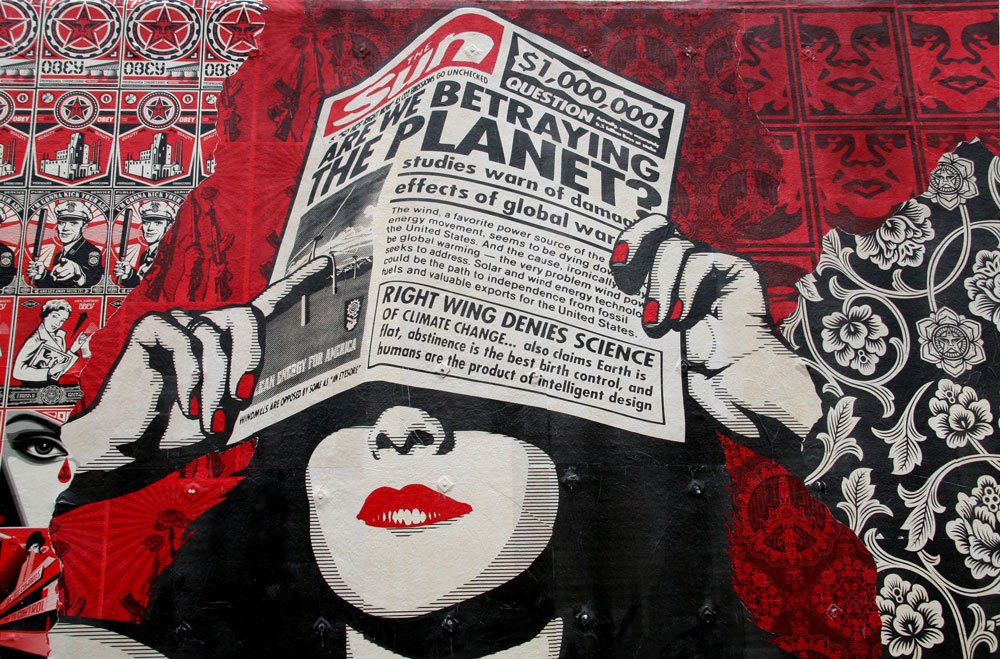Shepard Fairey
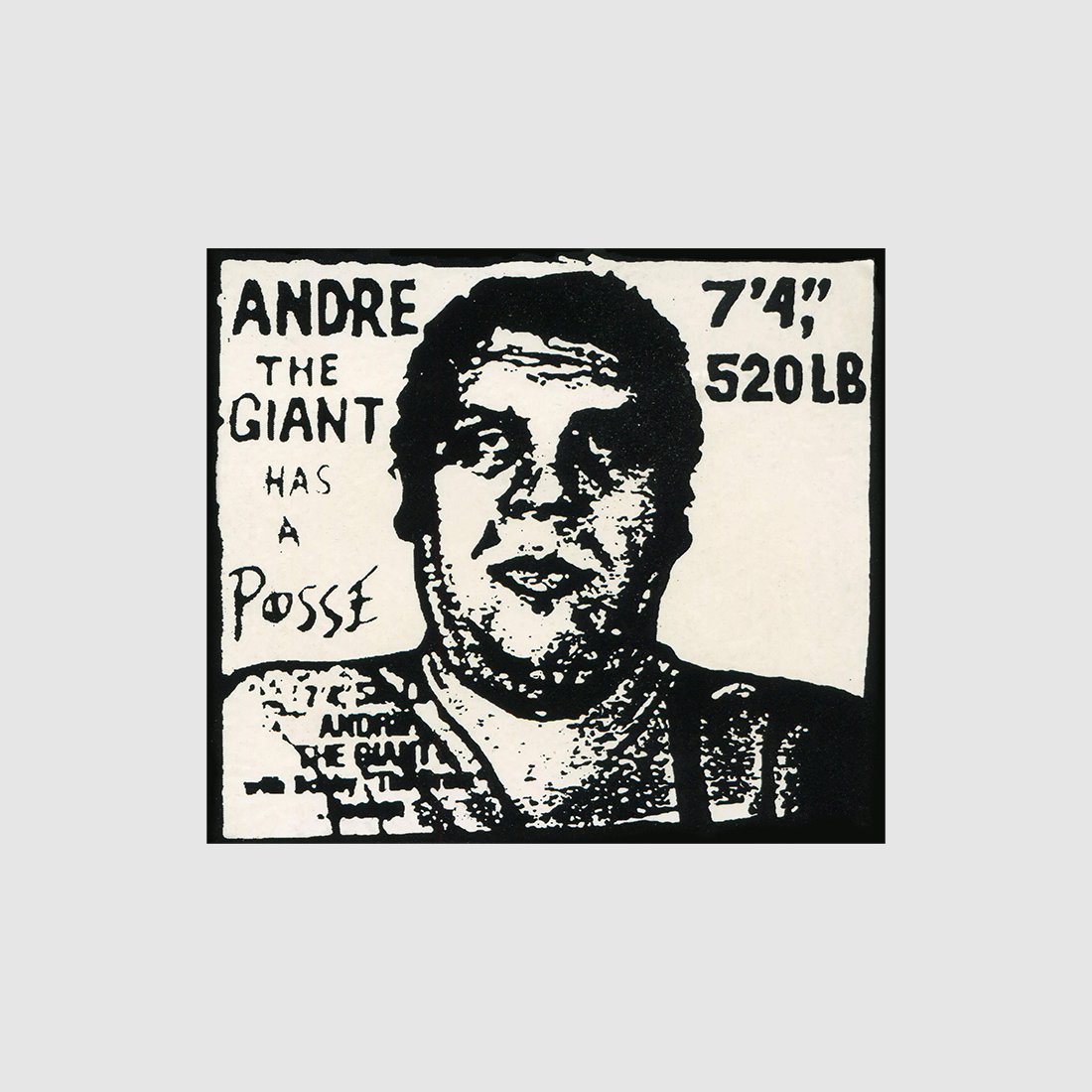
Shepard Fairey, born in 1970 in Charleston, South Carolina, rose from the DIY ethos of skateboarding and punk culture to become one of the most influential street artists of the 21st century. Educated at the Rhode Island School of Design, Fairey’s work fuses graphic design, propaganda, and political critique—melding bold imagery with layered meaning to challenge authority, consumerism, and social conformity.
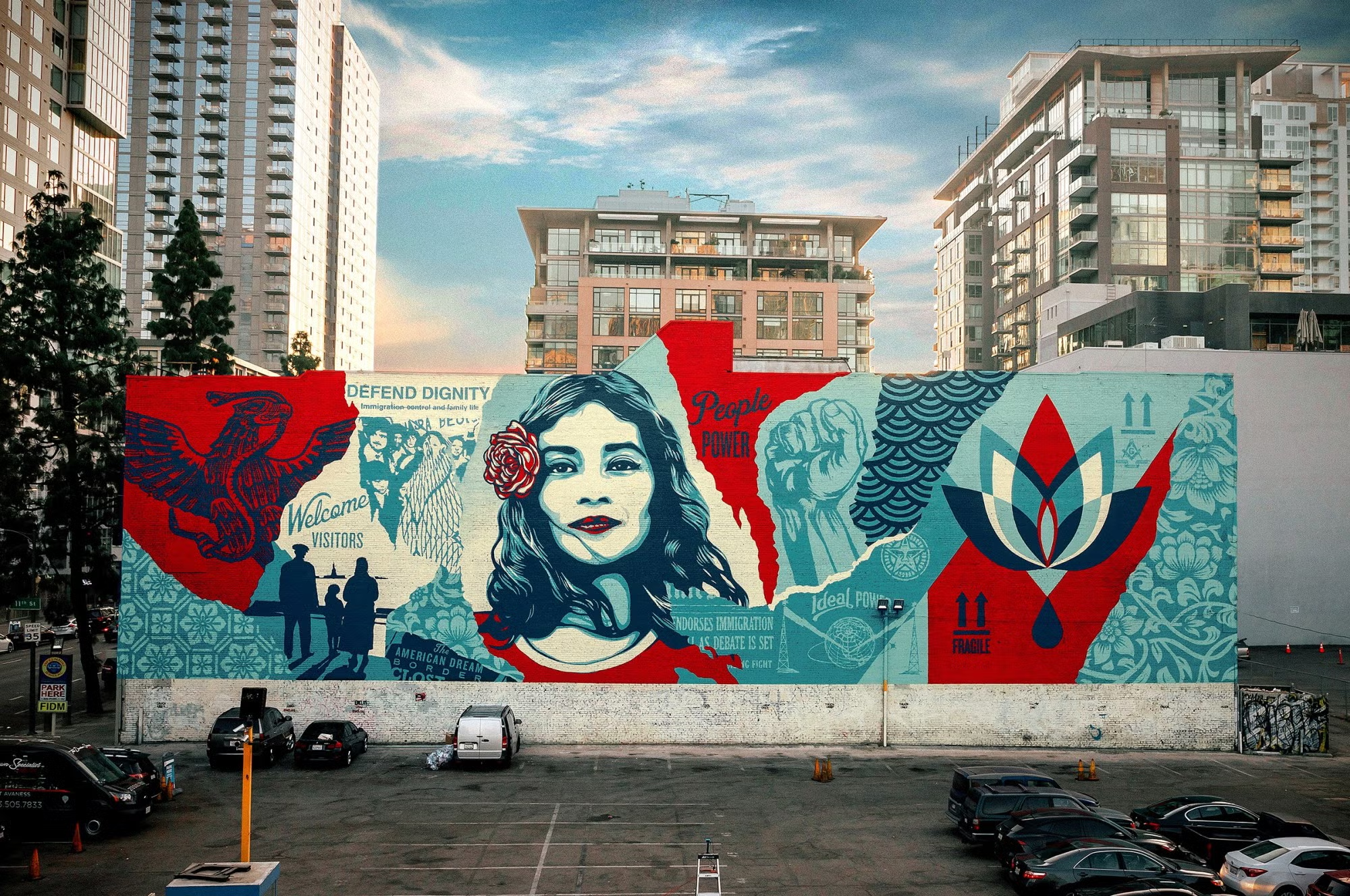
His OBEY Giant campaign began in 1989 with a simple black-and-white sticker featuring wrestler André the Giant’s face and the word 'OBEY.' Inspired by the satirical anti-authoritarian film 'They Live', Fairey turned this street-level prank into a global critique of mass media and control. The campaign uses repetition and ambiguity to make viewers question the messages that saturate their daily lives.

Fairey's style borrows from Soviet-era posters, American war propaganda, and punk rock flyers, using limited color palettes and arresting slogans to disrupt public space. His work transcends the gallery, appearing on walls, lamp posts, clothing, and album covers, bringing art directly to the people and confronting them with questions about power, obedience, and freedom.
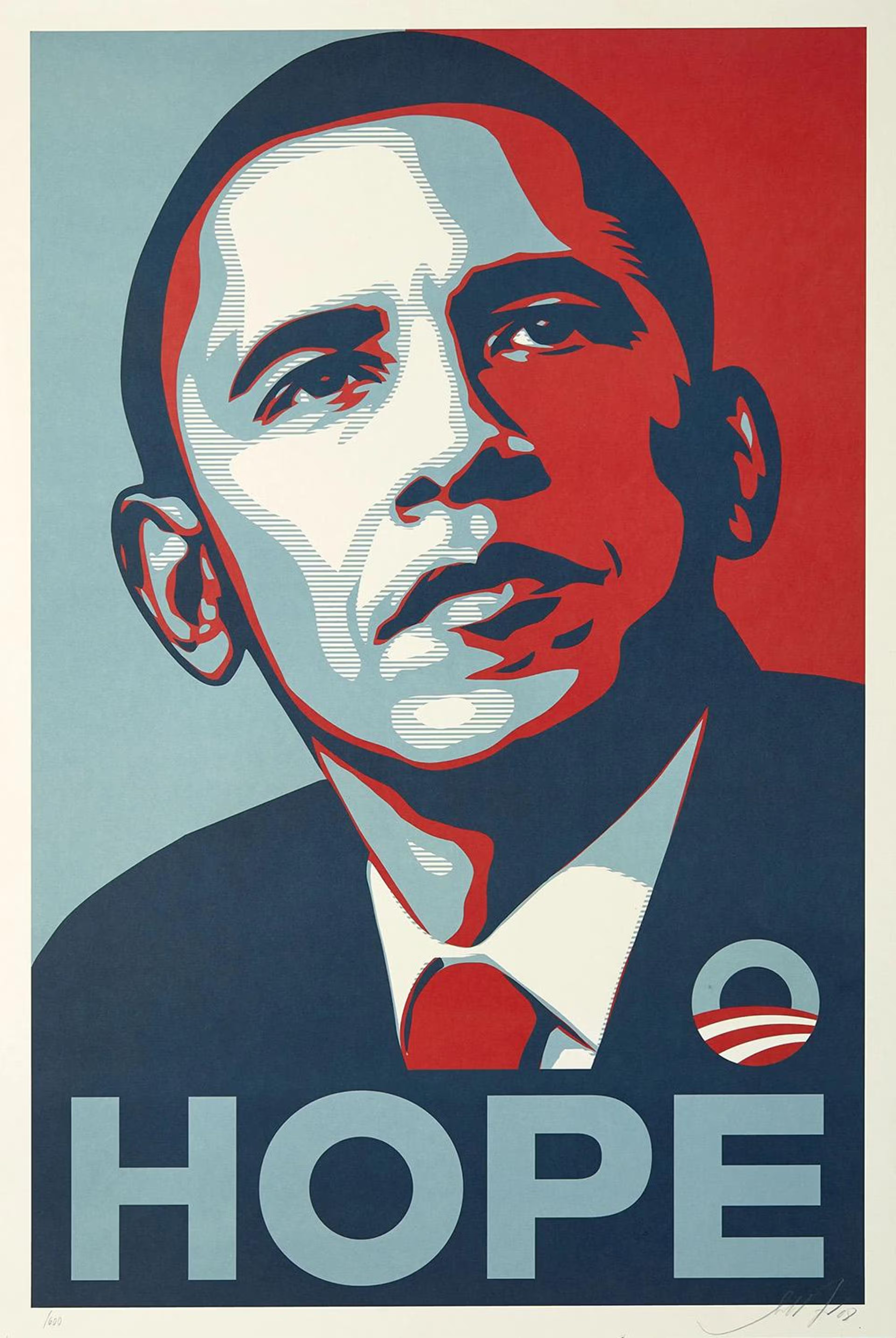
His most iconic works, like the 'HOPE' poster for Barack Obama and the 'We the People' series for civil rights and environmental justice, demonstrate art’s power as political intervention. More than three decades after its launch, OBEY remains a living symbol of visual resistance, proving that art, when it speaks boldly and publicly, can influence culture, challenge systems, and ignite collective action.
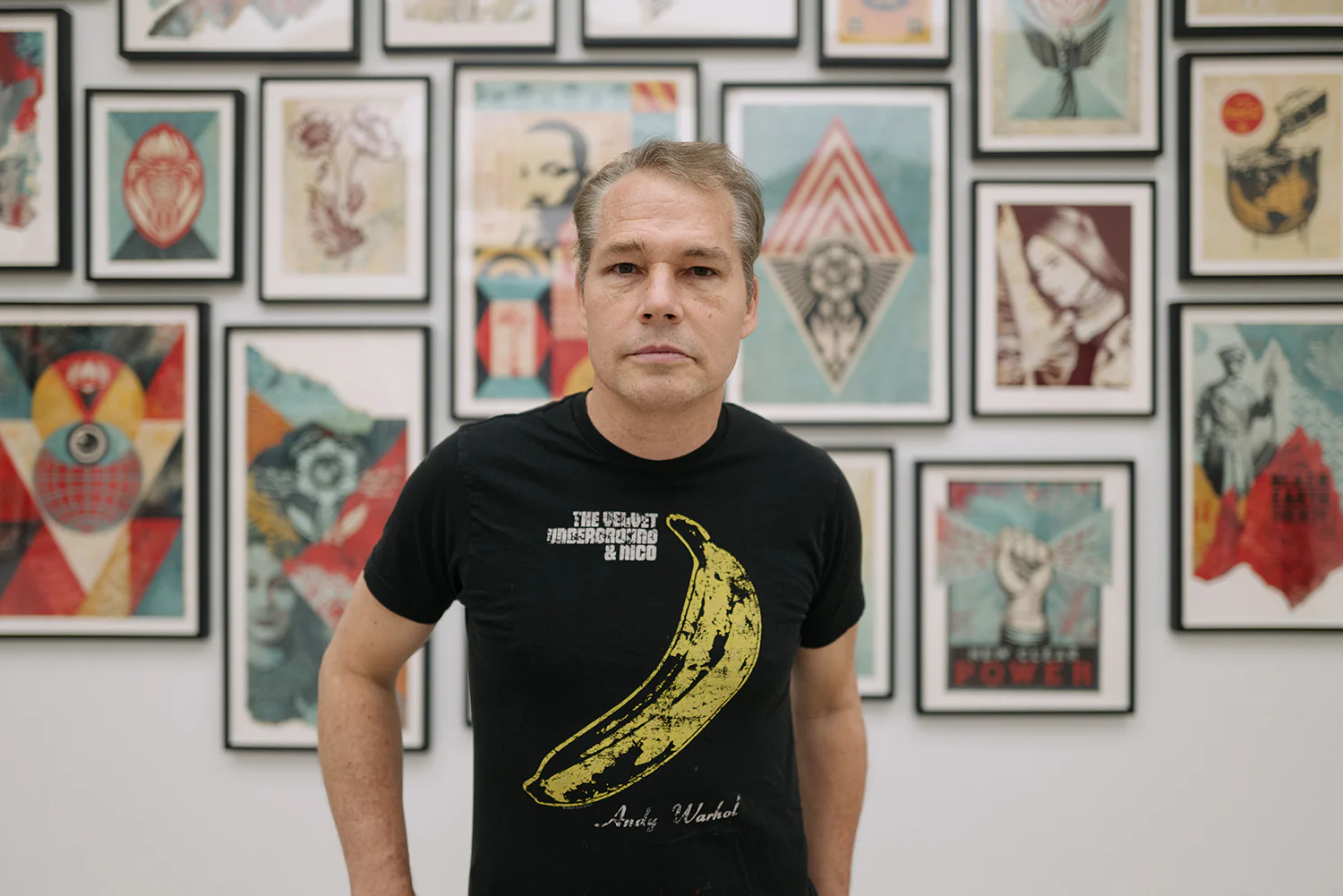
?
What is the message behind the word 'OBEY' in Fairey’s art?
How does Shepard Fairey use elements of propaganda to challenge power rather than enforce it?
In what ways has Fairey made art more accessible to the public?
How does the 'HOPE' poster reflect the mood and momentum of the 2008 election?
What symbols or styles does Fairey borrow from historical art movements, and why?
Why do you think street art is such a powerful medium for protest?
How has Shepard Fairey's work influenced political and artistic movements around the world?
Dig Deeper
A short documentary on Shepard Fairey's rise from punk street artist to cultural icon, examining the political force behind his signature style and the lasting impact of the OBEY campaign.
Discover more

Banksy
With every stencil, Banksy turns walls into wake-up calls, reminding us that truth speaks loudest when it’s unsanctioned, unfiltered, and for the people. He reminds us that art doesn’t need a frame to matter, a gallery to provoke, or a name to speak volumes.

Emory Douglas
Douglas reminds us that art can be both a mirror and a megaphone. His art turned paper into protest and ink into uprising, proving that a powerful image can mobilize a movement, uplift a people, and expose the systems built to silence them.

Andy Warhol
Warhol showed us that art doesn’t have to be rarefied — it can be mass-produced, branded, and broadcast. He turned the ordinary into icons and held up a silkscreened lens to our obsessions, proving that culture itself could be both canvas and critique.
Further Reading
Stay curious!
